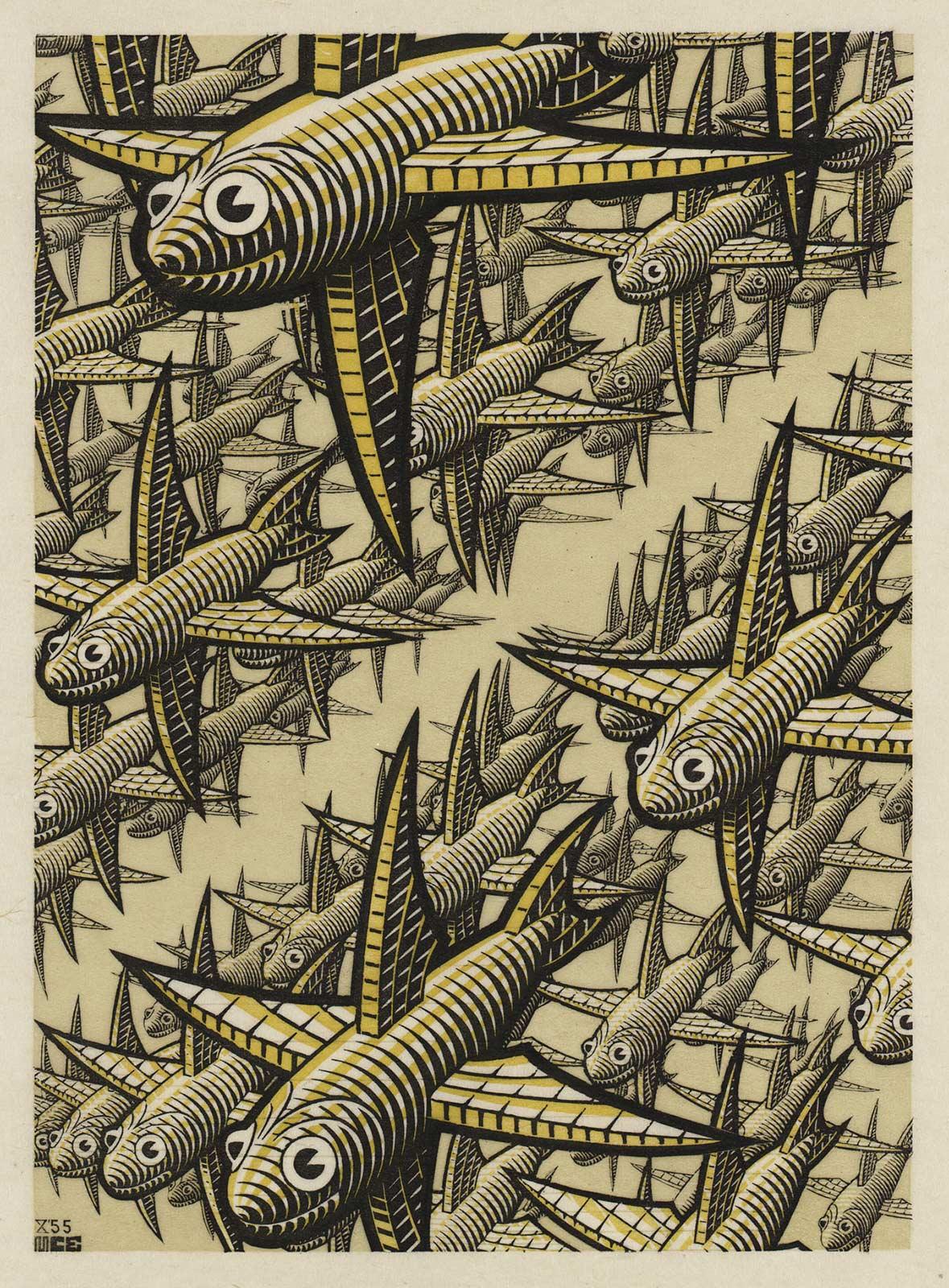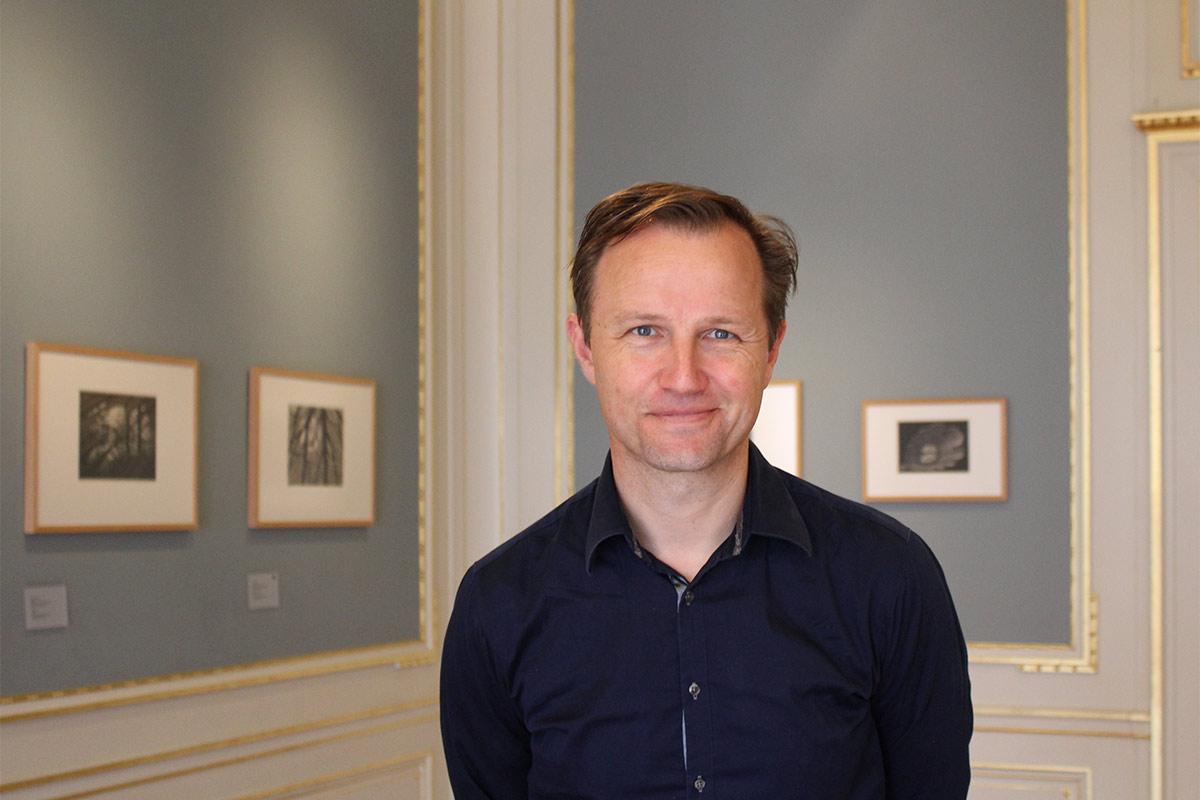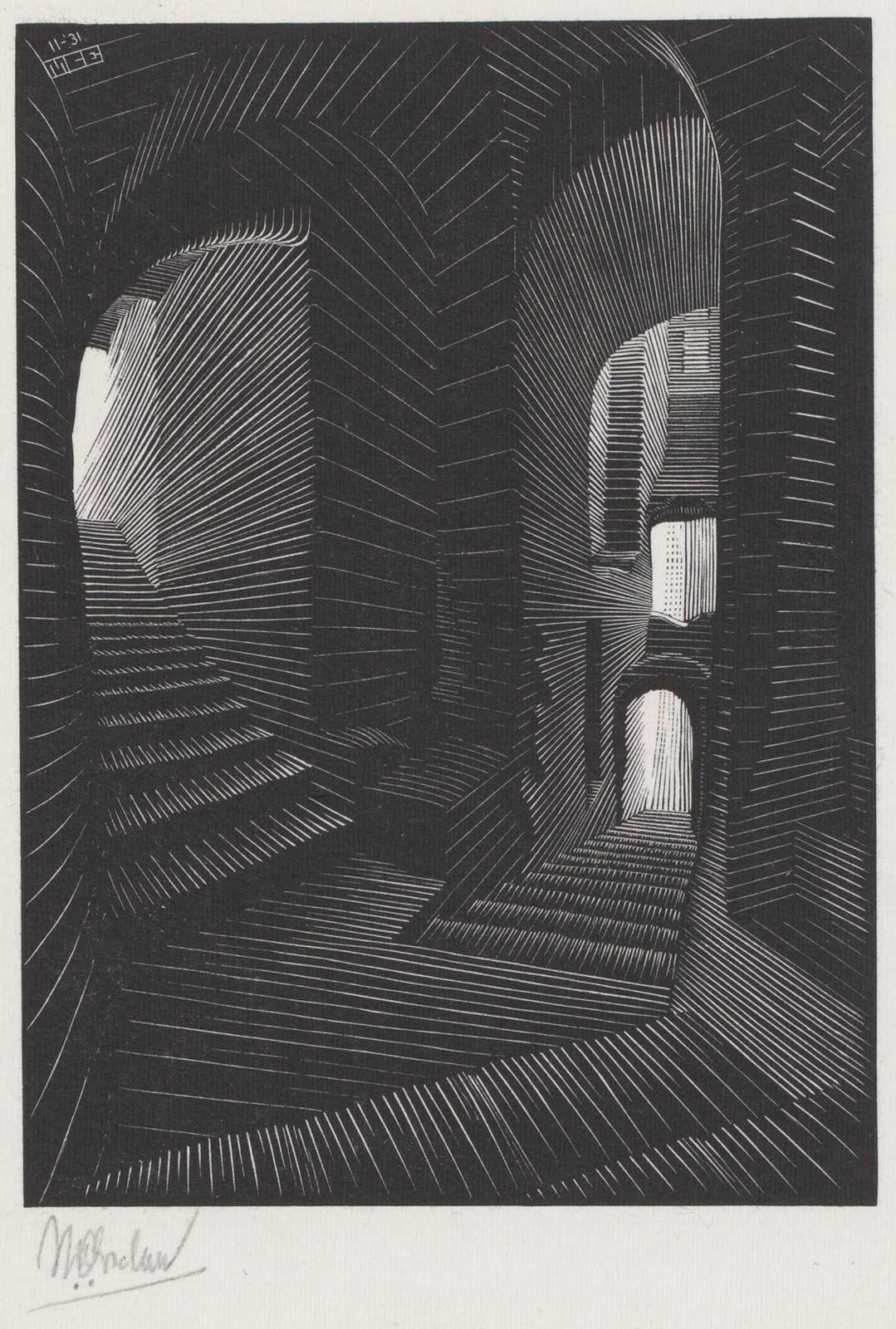

On 24 November 1960, the writer’s workshop Oulipo was founded. This name stands for ‘L’Ouvroir de littérature potentielle‘ (‘Workshop of Potential Literature’). It is a loosely formed group of French-speaking writers and mathematicians who produce literary works that are subject to certain conditions or restrictions. The use of these kinds of restriction was not new (writers like Edgar Allan Poe, Lewis Carroll, James Joyce, Ferdinand de Saussure and Gertrude Stein had already adopted the approach), but it was the first time that this has been done in an organised manner. Consider in this regard avoiding certain letters and words or developing a completely new structure. For example, Oulipo devised the S + 7 method: from a random dictionary, a noun was replaced by the seventh noun that followed.* Other techniques were the snowball (a poem with a word on each line and on each new line the word is always 1 letter longer) and the palindrome (a text that reads the same in reverse). Hence they invented new techniques, but also worked to revitalise obsolete language constructions such as the anagram, zerogram, the rondo and the quatrain.
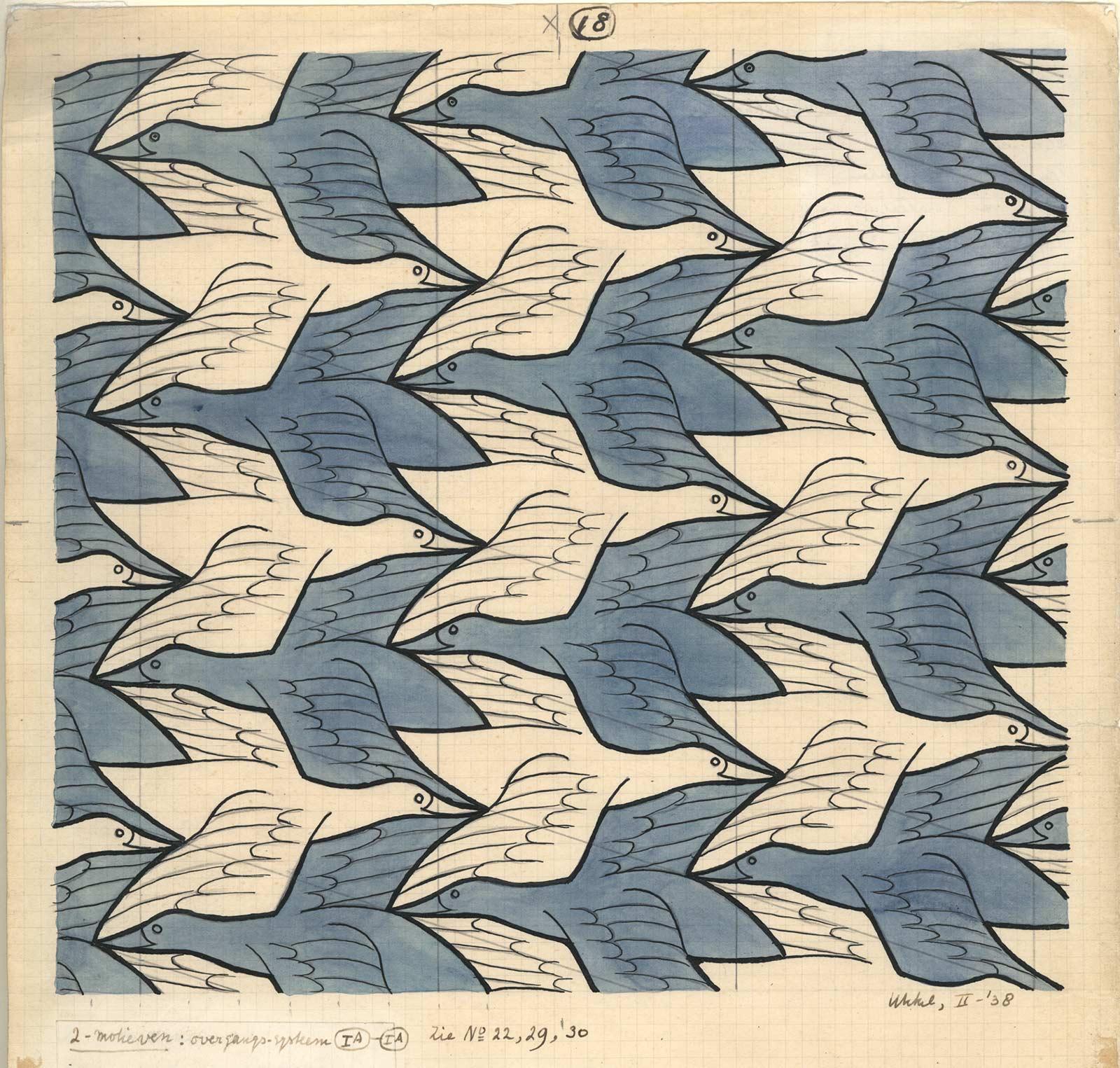
This experimentation generated bizarre but also stimulating texts. Oulipo clearly has a playful side, but the limitations also serve to hone the authors’ craftsmanship and inspiration. Well-known Oulipians include Raymond Queneau, François Le Lionnais and Georges Perec.** In 1969 the latter published a novel that does not contain any instances of the letter ‘e’: La disparition. To compensate, he also wrote a novel in which the ‘e’ is the only vowel that occurs: Les Revenentes. Oulipians were also active in Italy (Italo Calvino) and the Netherlands (Battus, or Hugo Brandt Corstius, and Rudy Kousbroek). The Dutch equivalent of Oulipian literature was dubbed ‘Opperland literature‘ by Battus. Although Oulipo reached its peak in the sixties and seventies, the collective is still active. Check oulipo.net for an overview of publications, exhibitions, theater performances, reading nights and workshops.
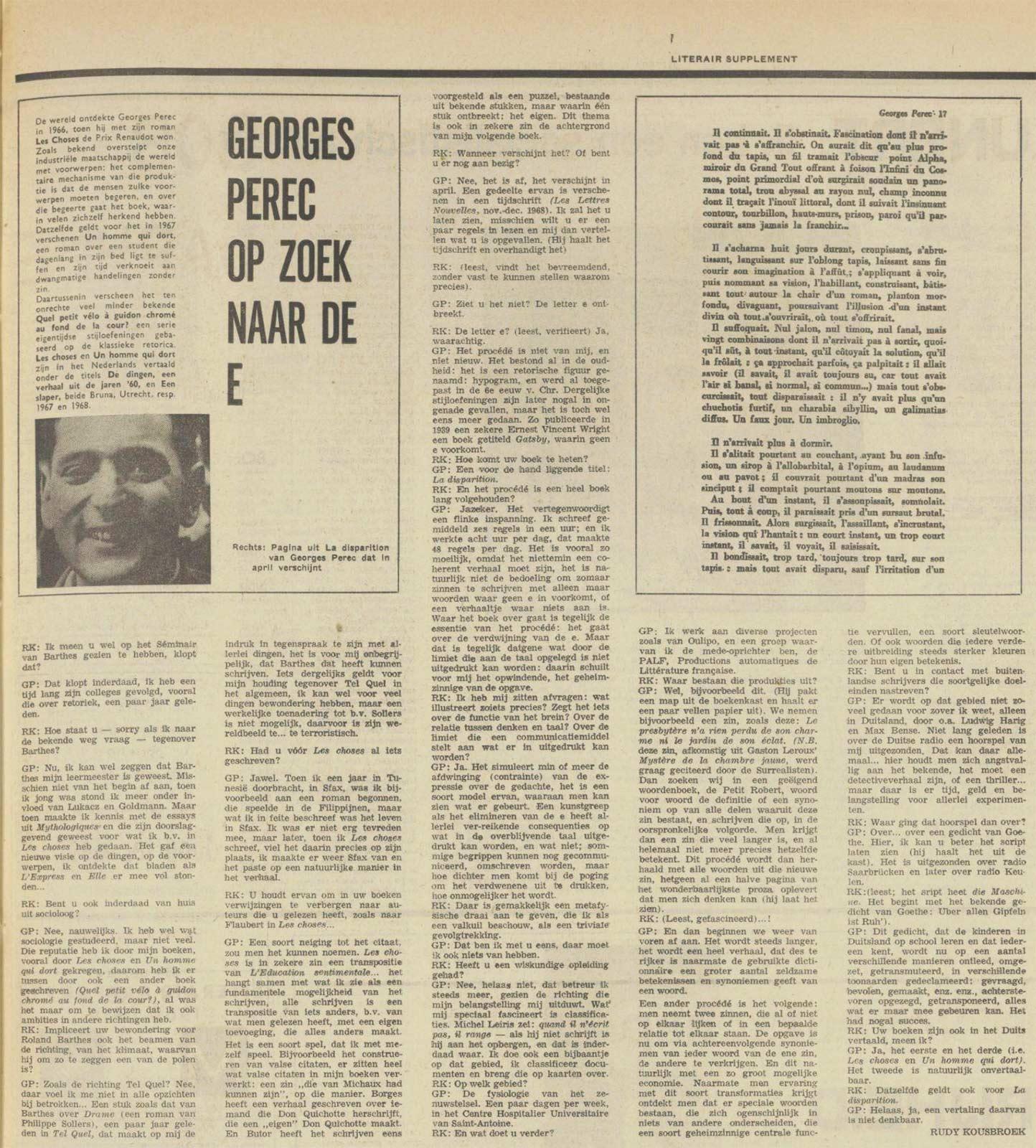

But what is the link with Escher? Well, in 1965 the graphic artist was appointed honorary member of this group*. This was a direct result of Escher’s friendship with the French artist and professor Albert Flocon. Flocon was an ambassador for his work, a liaison. Just like Charles Alldredge and Cornelius V.S. Roosevelt were for Escher in the United States.*** Flocon also brought Escher into contact with Oulipo. The members of the group mixed work with play, meaning they had a lot in common with Escher. The fact that the members of Oulipo and Escher were all fascinated with Lewis Carroll and Bach made Escher’s honorary membership even more self-evident.**** The playful element is in ample evidence in a drawing like the one above. The birds are arranged in a tight pattern of glide reflections but Escher also affords himself a frivolity. It might appear that all birds are the same, except for their colour. But anyone looking closely at the wings will see that this is not the case.
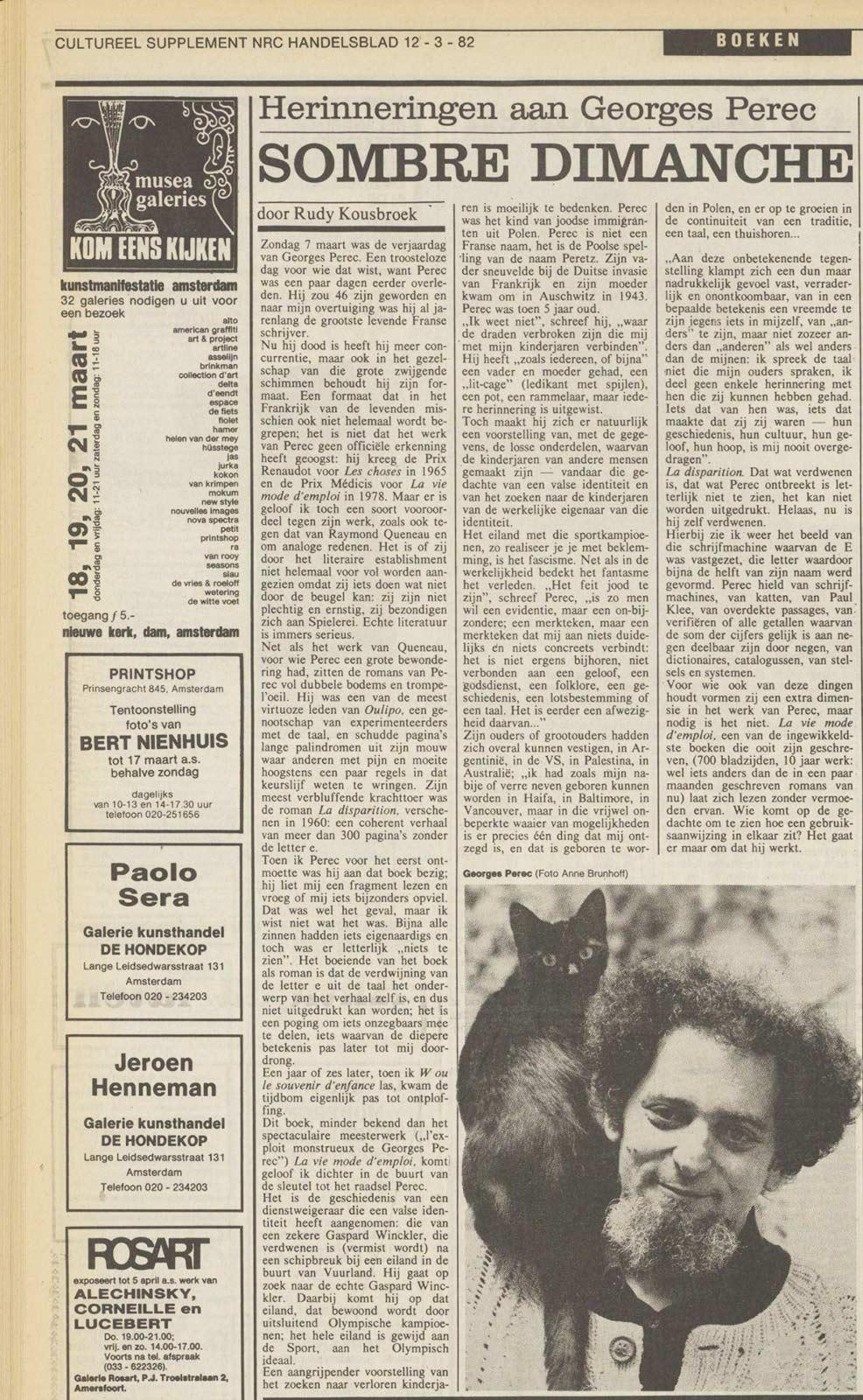
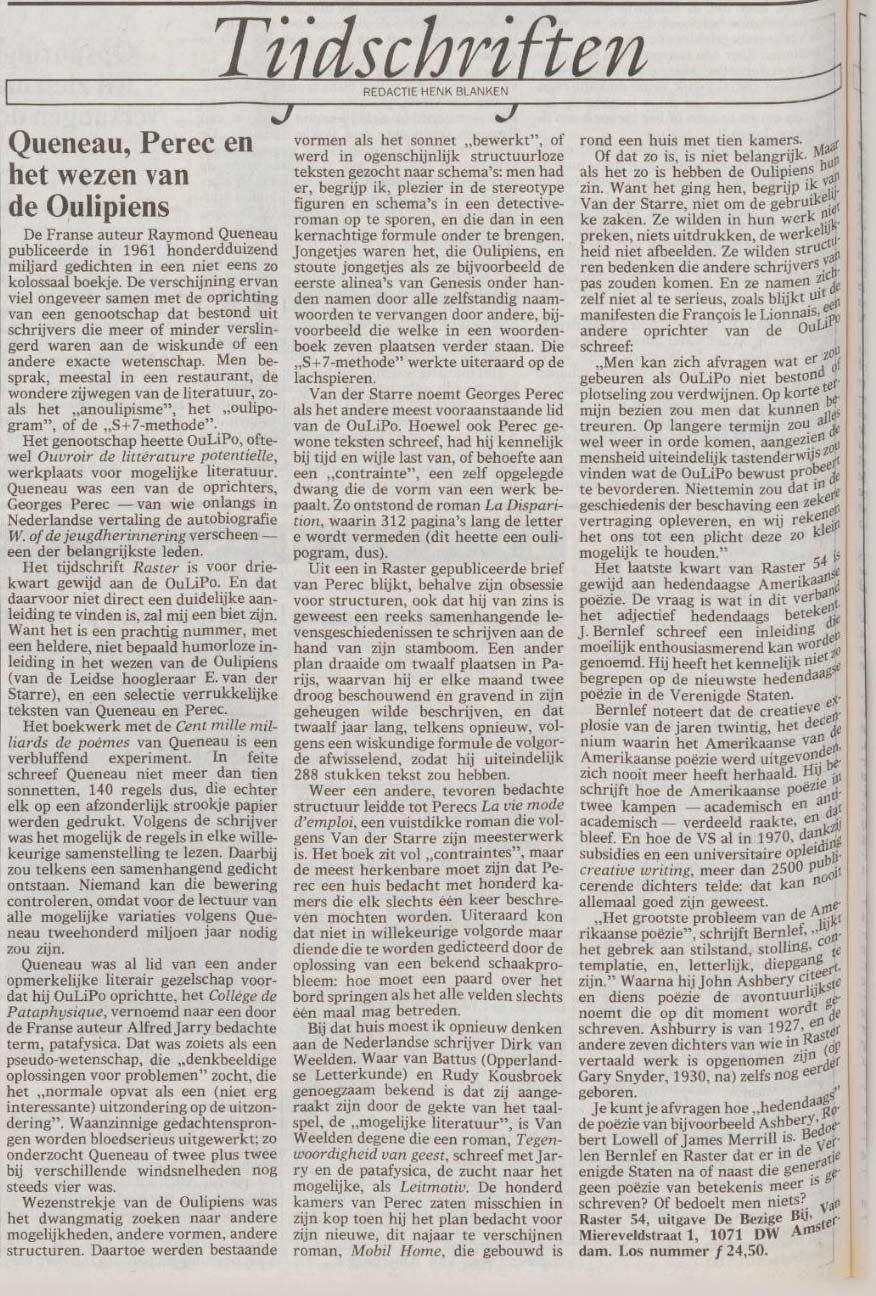
Incidentally, there is another connection. The American science journalist, master puzzle maker and ‘mathemagician’ Martin Gardner introduced Oulipo to the US when he discussed the group in his column in the February 1977 issue of Scientific American. In April 1961 he wrote his column on the mathematician H.S.M. Coxeter.***** The reason for this was the latter’s publication of his An Introduction to Geometry, a book in which Escher played a prominent role. On the cover of the April issue is the colour version of the drawing seen above. In April 1966, Gardner's complete column was dedicated to the graphic artist.****** The two had already corresponded on the mathematical elements in Escher’s work and on their shared fascination with Lewis Carroll back in the early sixties. In turn, Escher was already familiar with The Annotated Alice, Gardner’s famous book on Carroll. This was a book Escher had received from Coxeter, illustrating how everything is interrelated. It shows once again that Escher was not the loner he was sometimes seen as. Instead, the circles in which he moved, gravitated more towards mathematics, science and literature than towards art.
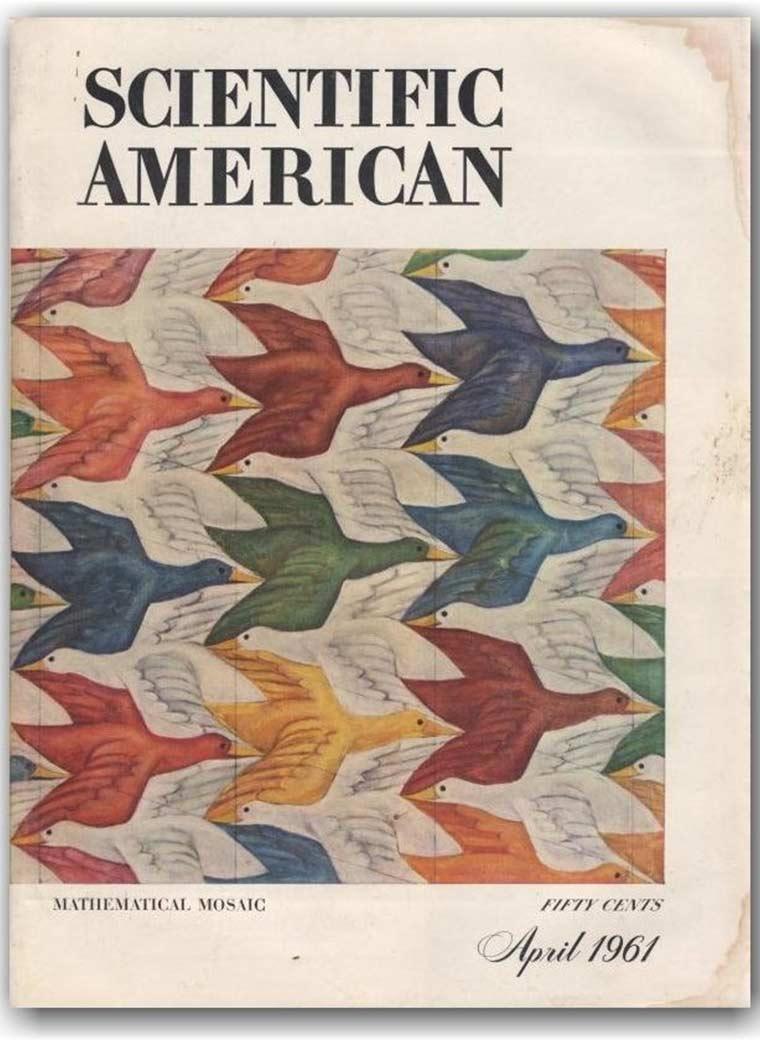
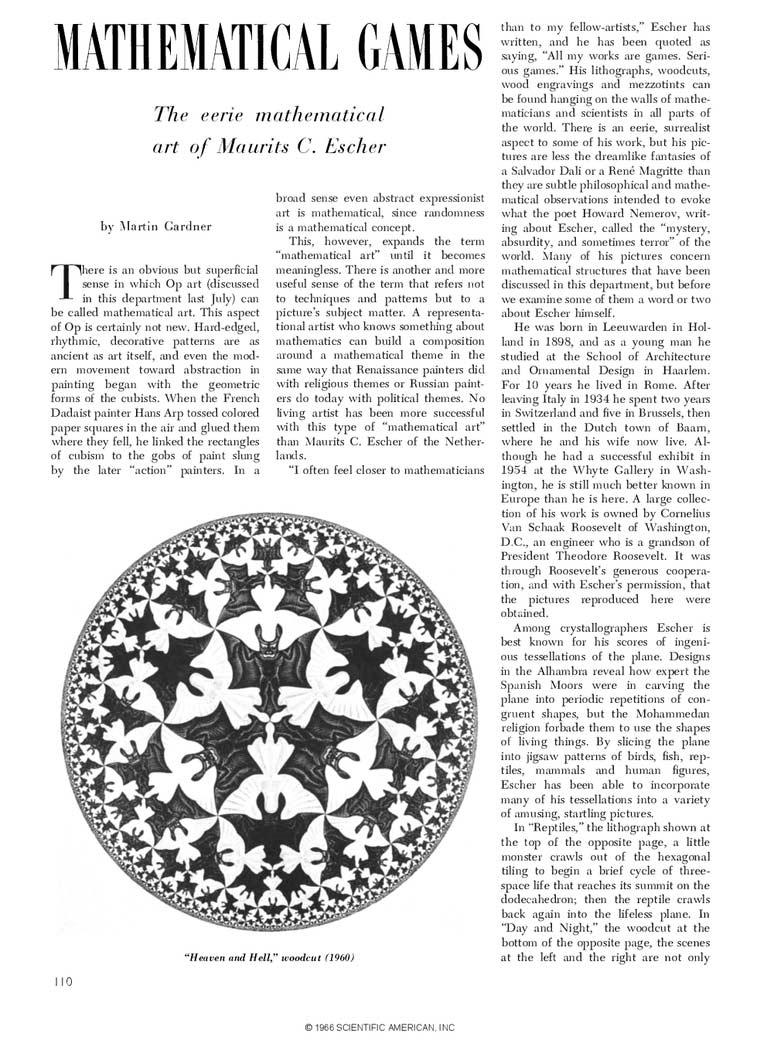
Sources
[*], [**], [***] and [****] Wim Hazeu, M.C. Escher, Een biografie, Meulenhoff, 1998, pp. 454-456.
[*****] Wim Hazeu, M.C. Escher, Een biografie, Meulenhoff, 1998, p. 304.
[******] Wim Hazeu, M.C. Escher, Een biografie, Meulenhoff, 1998, p. 467.
More Escher today

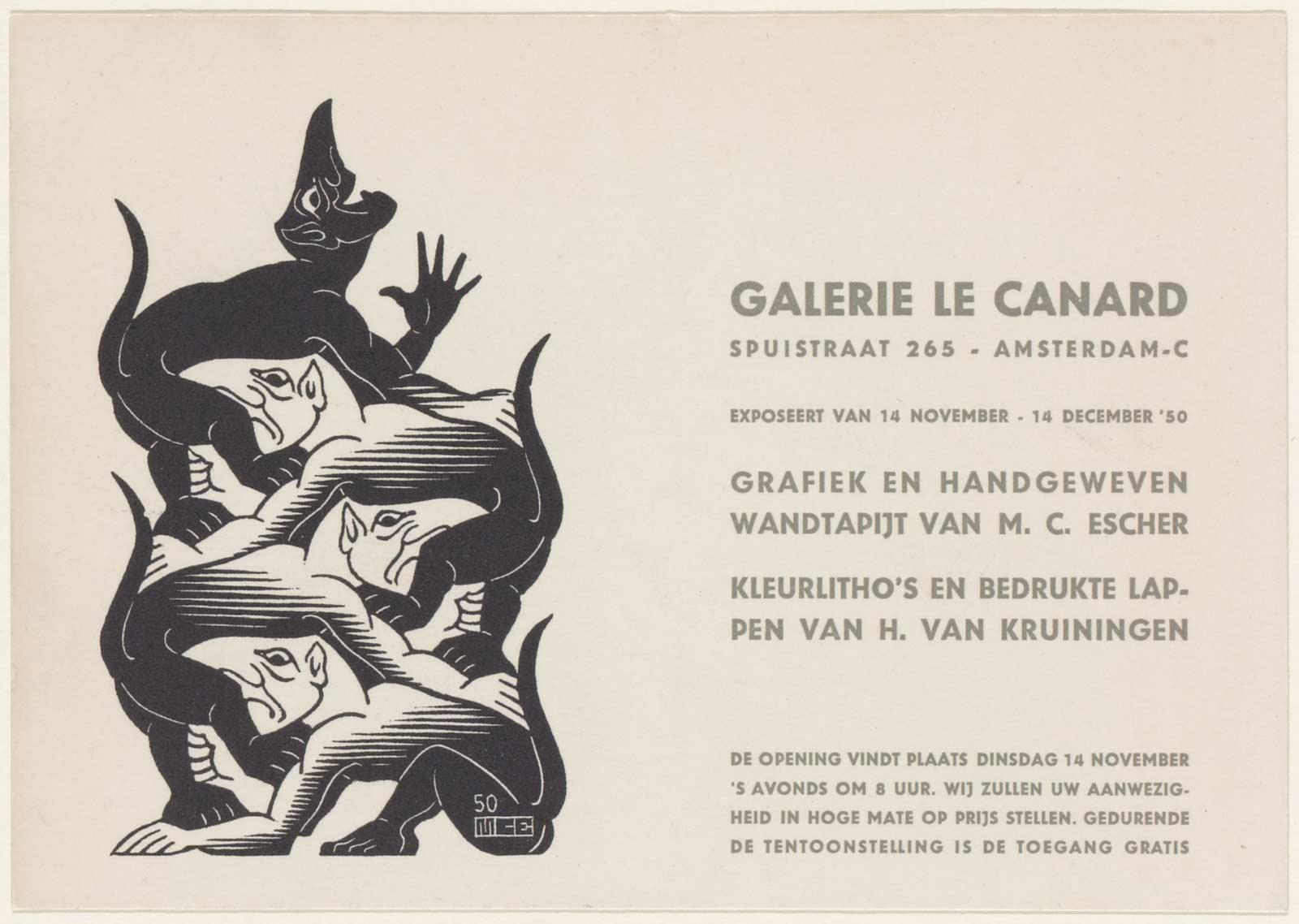
Le Canard Gallery
